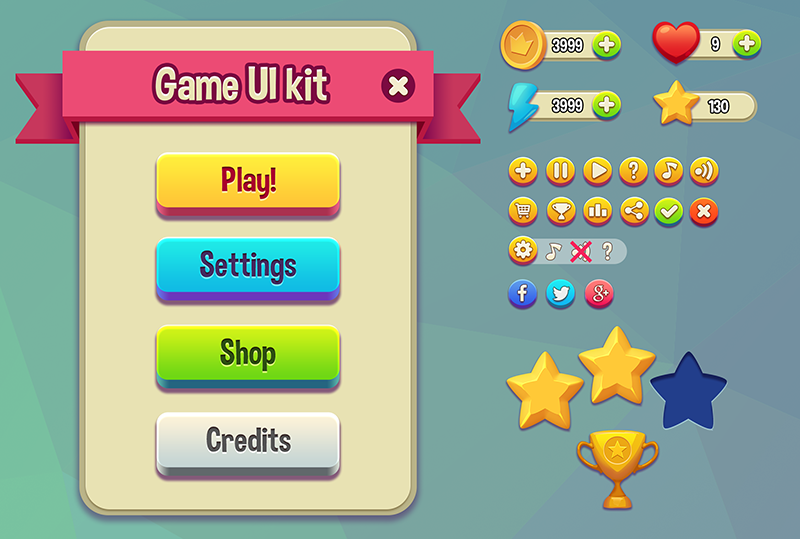
In the vast world of gaming, puzzles have become an essential element in captivating players and keeping them engaged. Spatial puzzles, in particular, present a unique challenge that can test a player’s logic, problem-solving skills, and spatial awareness. While text-based puzzles are common in many games, designing spatial puzzles that rely solely on visuals and spatial reasoning can be a refreshing and innovative way to challenge players.
One of the key benefits of creating spatial puzzles that don’t use text is their universal appeal. Text-based puzzles can be a barrier for players who speak different languages or have reading difficulties. By eliminating text, game developers can create puzzles that are accessible to a wider audience and allow players to focus solely on the visual and spatial elements of the game.
When designing spatial puzzles without text, it’s important to consider the visual cues and elements that will guide players through the challenge. Visual elements such as colors, shapes, patterns, and symbols can be used to convey information and hints without the need for text. For example, different colors could represent different elements or objects in the puzzle, while patterns could indicate a sequence or order that needs to be followed.
Another important aspect to consider when designing spatial puzzles is the level of complexity best minecraft mod server hosting. Spatial puzzles should gradually increase in difficulty to keep players engaged and challenged throughout the game. Starting with simple puzzles that introduce basic concepts and mechanics, developers can gradually introduce more complex challenges that require deeper analytical thinking and spatial reasoning skills.

In addition to visual cues, sound and music can also play a crucial role in enhancing the player’s experience with spatial puzzles. Ambient sound effects, background music, or audio cues can provide subtle hints or feedback to guide players through the puzzle without the need for text. By incorporating audio elements into spatial puzzles, developers can create a more immersive and engaging gaming experience that stimulates multiple senses.
Furthermore, the use of interactive elements in spatial puzzles can add another layer of complexity and engagement for players. Interactive puzzles that require players to manipulate objects, move elements around, or interact with the environment can create a more dynamic and hands-on experience. By allowing players to physically engage with the puzzle, developers can enhance the player’s immersion and sense of achievement when solving the spatial challenge.
To ensure that spatial puzzles without text are well-received by players, it’s essential to playtest and iterate on the design to gather feedback and make adjustments as needed. Playtesting can help developers identify any potential issues or areas of confusion in the puzzle design, allowing them to refine the gameplay experience and ensure that players are able to solve the challenges without frustration.
Overall, designing spatial puzzles that don’t use text can be a creative and rewarding endeavor for game developers. By relying on visual cues, sound, interactivity, and gradual complexity, developers can create engaging and challenging puzzles that appeal to a wide range of players. With a focus on accessibility, immersion, and player feedback, spatial puzzles without text have the potential to elevate the gaming experience and provide hours of entertainment for players around the world.